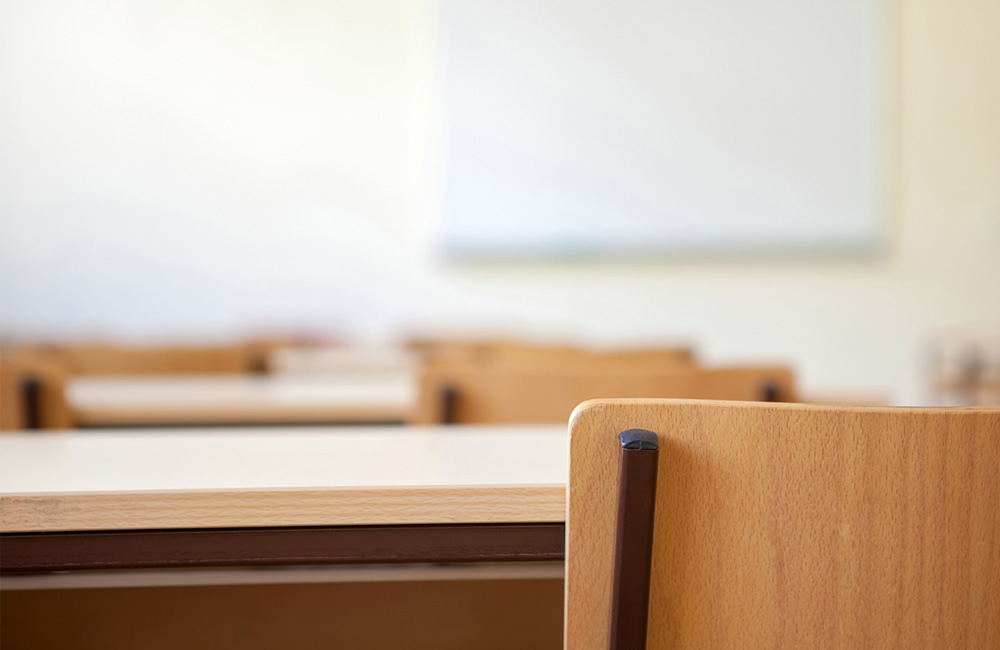ACER1005 - Evaporation of Water or Maple Water Concentrate
ACER1005 - Evaporation of Water or Maple Water Concentrate
Secteur halieutique et ressources naturelles
Description
This course allows students to become familiar with proper techniques for evaporating maple water and maple water concentrate.
Objectives
-
Demonstrate the basic principle of evaporating maple water or maple water concentrate
- Describe the composition of maple sap
- Explain the Maillard reaction
- Describe the target temperature for producing maple syrup
- Calculate the required amount of sap versus the resulting amount of syrup based on its sugar content
-
Identify different types of evaporators and their components, as well as fuels used in maple syrup production
- Describe the types of evaporators used in maple syrup production
- Describe the components of a modern evaporator
- List the pros and cons of different types of evaporators
-
Demonstrate the operation of an evaporator
- ummarize the general interface of an evaporator control panel
- Describe the startup and shutdown process of an evaporator based on the type of fuel used
- Describe the effect of the incoming solution concentration level on the solution level in the pans
- Describe recommended evaporation rates for each type of evaporator
- Calculate the exposed surface area of different types of pans
- Calculate the volume of water evaporated on corrugated pans and flat pans
- Calculate the evaporation rate for corrugated and flat surfaces
-
Understand various boiling practices based on changes over time
- Describe changes in sap quality throughout the season
- Describe how to manage the concentration and temperature of the incoming solution
- Describe how to manage the height or level of the solution
- Describe how to manage foaming
- Describe the causes of sugar sand formation (“calcium bimalate”) and its effect on heat transfer and syrup cooking
- Explain the operation and utility of a draw-off system
- Describe factors contributing to the development of maple syrup color and flavor
- List types of anti-foaming agents available on the market
-
Understand the operation of technological devices used during boiling
- Describe the utility of a thermostatic controller or thermometer
- Describe the utility of a hydrometer or hydrotherm
- Describe the utility of a refractometer
- Describe the utility of a colorimeter
-
Understand maintenance tasks for different types of evaporators
- Describe daily maintenance
- Describe periodic maintenance
- Describe annual maintenance
Content Overview
- Composition of Maple Sap: Water, sucrose, polysaccharides, minerals, etc
- Maillard Reaction
- Target Temperature for Maple Syrup Production: Boiling point, elevation, density, etc.
- Maple Water vs. Maple Syrup Ratio: Water quantity, sugar content (“Brix”)
- Types of Evaporators (“Fuel and Models”): Wood, pellets, oil, natural gas, propane, electric, steam, etc.
- Evaporator Components: Firebox, chimney, blower, preheater, float, corrugated pan, flat pan, etc.
- Advantages and Disadvantages of Different Evaporators
- Evaporator Operation: Control panel, startup, shutdown, concentration level, solution level, etc.
- Boiling Practice: Changes in sap quality, foaming management, boiling patterns, sugar sand, draw-off system, color and flavor, anti-foam agents, etc.
- Technological Devices Used: Thermometer, hydrometer, hydrotherm, refractometer, colorimeter, etc.
- Daily Maintenance Tasks: Storing the concentrated solution and syrup, cleaning, pan washer, etc.
- Periodic and Annual Maintenance Tasks: Cleaning pans inside and out
INFORMATION:
Related Training
Principes opérationnels de base de l'eau de consommation
Ce cours permettra à l’étudiant d'acquérir les notions de base reliées au pompage et à l’hydraulique nécessaires pour l’exécution des tâches d’un opérateur en distribution ou en collecte et traitement des eaux.More...

Installation du système de collecte sous vide de l'eau d'érable
Ce cours permettra à l’étudiant d’être en mesure de comprendre l'installation d'un système complet de collecte sous vide d’eau d’érable. De plus l’étudiant sera en mesure de choisir les bons matériaux et équipements selon le nombre d’entailles par station de pompage.More...

Management of the Maple Sap Vacuum Collection System
This course will enable students to maintain the vacuum collection system in the forest and make the necessary repairs. They will learn to detect and repair breaks and leaks during sap flow and become familiar with new technologies for maple syrup automation. The course will also cover cleaning, sanitizing, and rinsing procedures for the collection system at the end of the season.More...
Success in Business – Fisheries, Forestry or Agriculture
This program is designed to prepare the student to acquire basic business knowledge to improve productivity and to optimize the use of existing infrastructures, making a business more stable and competitive at the provincial, national and international levels.More...


